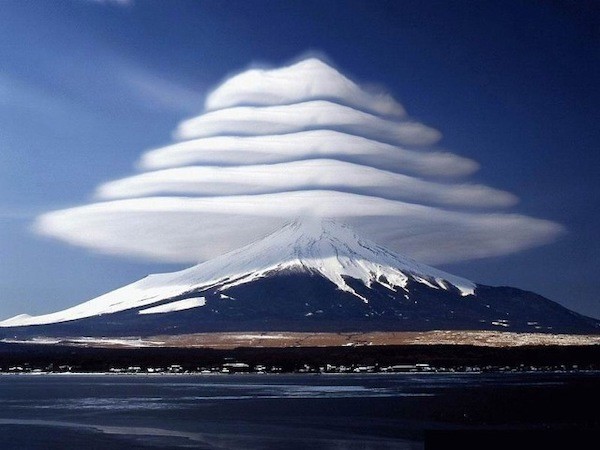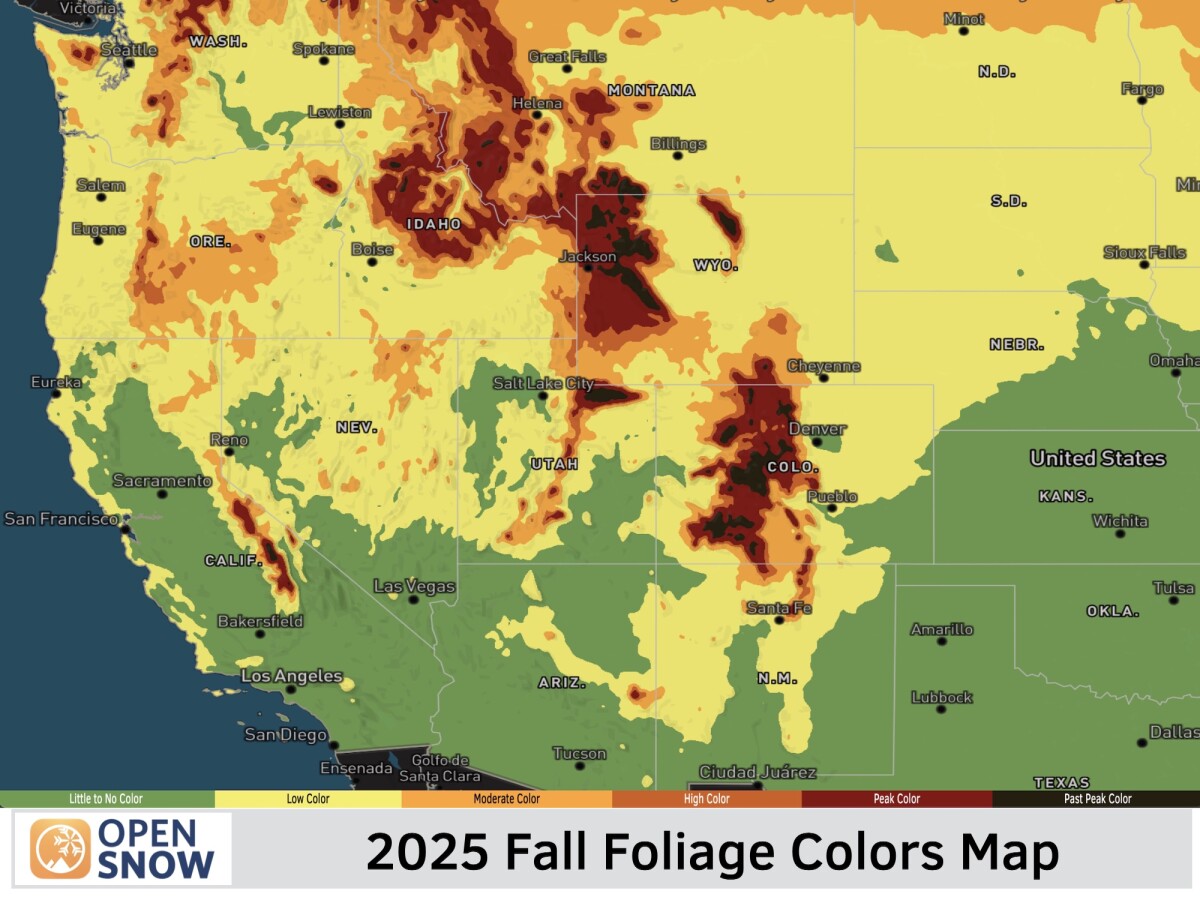News

By Larry Schick, Forecaster Posted 5 years ago April 27, 2020
Lenticular Clouds, Explained

If you live near or spend time in the mountains, you have likely seen a spectacular smooth lens-shaped cloud called a lenticular. There is no significant weather produced by a lenticular, but their presence often foretells snow in the next 24-48 hours.
A lenticular cloud is a good "forecast indicator" as tall mountains accentuate incoming high-level moisture well ahead of an approaching front. This interception of high-level moisture forms lenticular clouds, and as a result, they are a good warning sign of an approaching weather front and sometimes a big snowstorm.
Altocumulus Lenticularis
Lenticulars are stationary as air moves through the cloud to create and then evaporate the cloud. Lenticulars are a signature of the moisture and sculpted smooth by the wind. The lifting of the air by the mountains assists in cooling and then condensing moisture to make the clouds visible. But when the airflow drops again over the valleys, the moisture dissipates and becomes invisible water vapor again.
Often lenticulars are singular but it’s not uncommon to see them stacked or in an elongated line over or on the lee side of the mountains. Their different forms are related to the mountains, moisture, and the speed/direction of the incoming wind.
Some of the most dramatic examples are the solidarity saucer-shaped lenticular clouds. Kenneth Arnold was flying his small plane near Mount Rainier in Washington State in 1947. He mistakenly described the clouds as flying discs or flying saucers and the press took that and ran. With Arnold’s help, the UFO and space aliens craze began.
Download the free OpenSnow app for the most accurate snow forecast and snow report information and stay tuned to our weather forecasts for the latest updates.
About The Author





